Transit officials in New York have approved a $15 toll for drivers moving through the busiest part of Manhattan.
This plan is the first “congestion toll” approved in a major US city. The cost of the new toll will change depending on the time of day and type of vehicle one enters Manhattan south of 60th Street with.
Board Approval
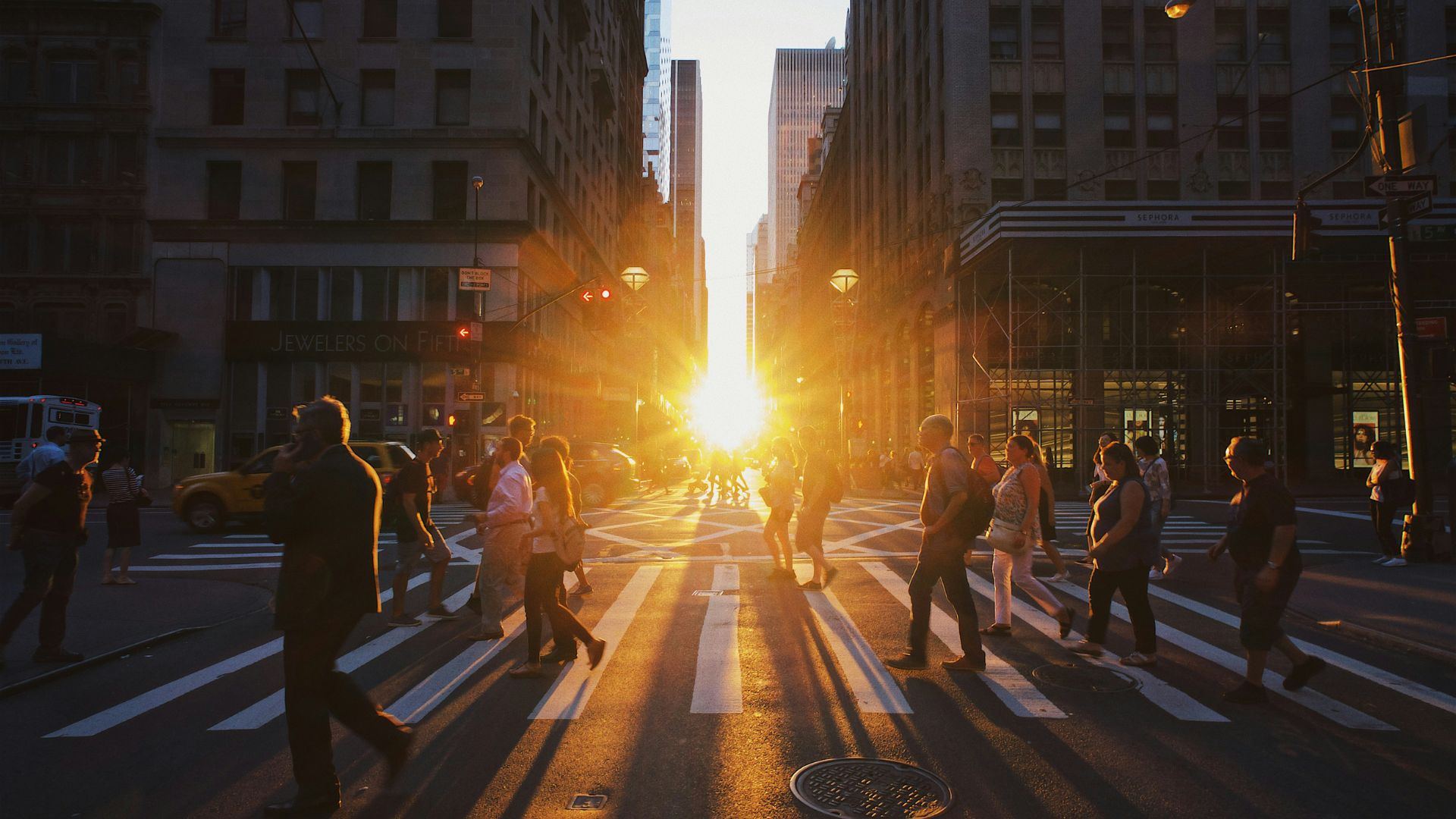
Sitting members of the Metropolitan Transportation Authority Board had a vote on Wednesday to greenlight this congestion toll proposal. It had previously been presented to the public months before. The vote on Wednesday passed and the plan is expected to go into effect this June.
Drivers entering Manhattan in a zone south of Central Park will see a huge toll fee for daytime hour entry. The toll will be lower for those entering the area late at night, and those riding motorcycles.
Exemption List
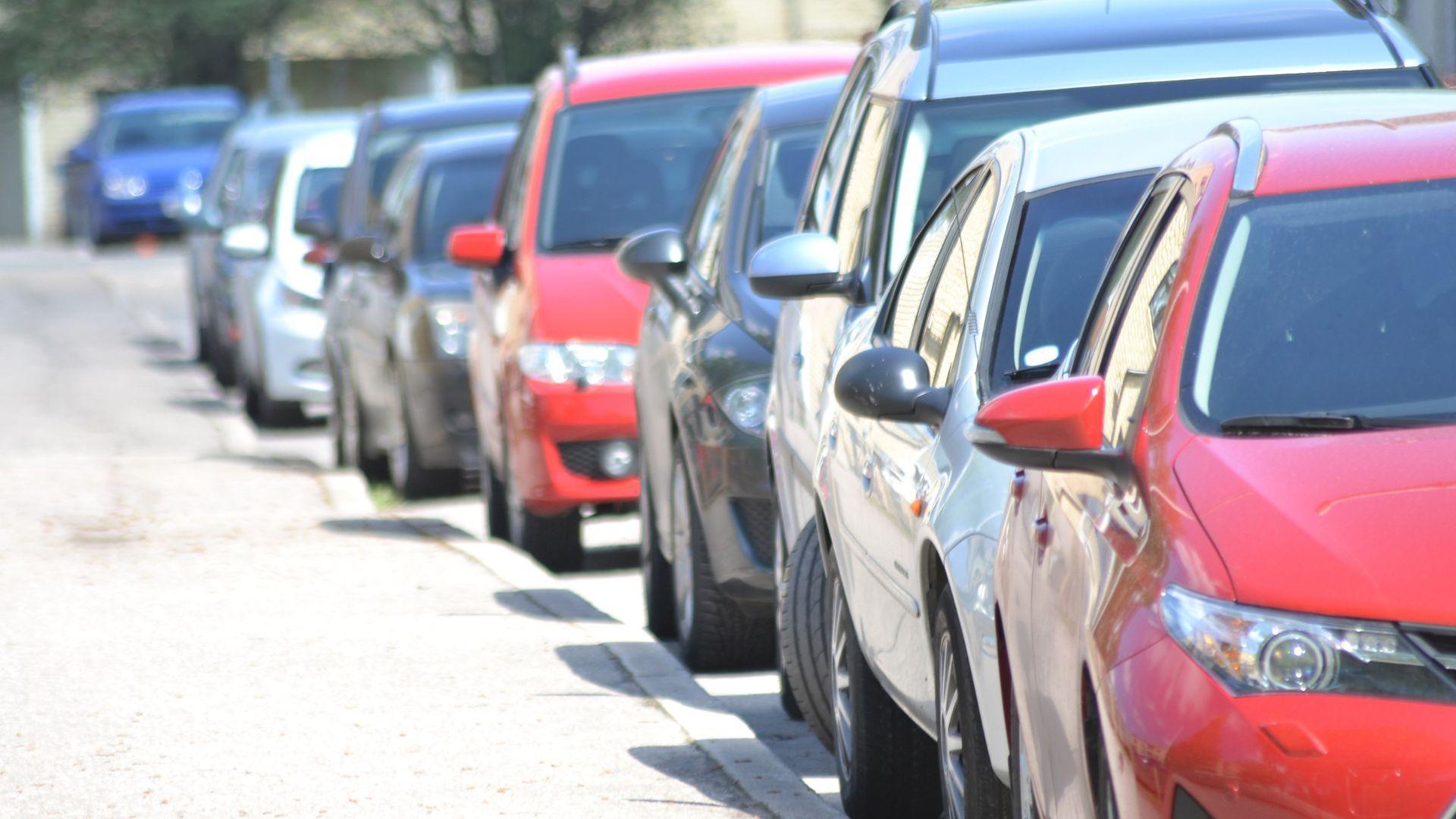
There are many details about the congestion pricing plan that will change what someone is actually paying. Cars will be charged an extra $15 to enter lower Manhattan while trucks are charged between $24 and $36 depending on the size of the vehicle.
Certain vehicles will be exempt from the tolls which include city official-owned fleet vehicles, emergency vehicles, and public transit bus services. This will include those buses run by Mega Bus, Flix Bus, Greyhound, and Hampton Jitney.
What About Taxis?

Taxis and rideshare services will receive a break from the toll tax, but there will still be a seperate charge they must contend with.
Taxi drivers will be charged a $1.25 per ride in the affected Manhattan area. Rideshare drivers like those who work for Uber or Lyft will have to contend with an extra $2.50 surcharge per ride.
Low-Income Drivers
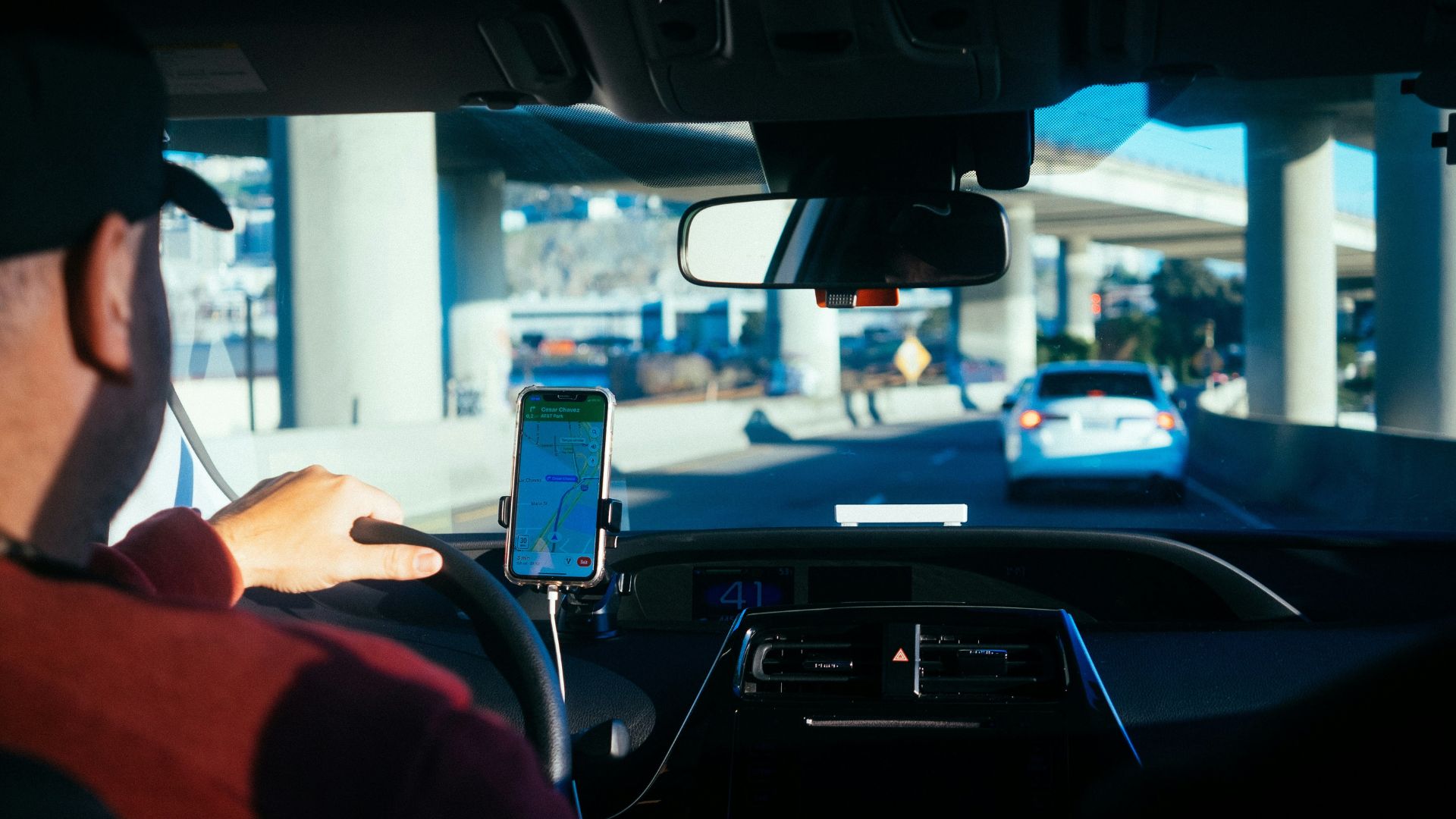
The congestion toll does make some considerations for low-income drivers. Any driver making less than $50,000 a year can qualify to pay half price for the toll. However, this price discount only works for the daytime toll.
Also, these low-income drivers must apply for the reduction after they have already taken the first 10 trips that month. A low-income driver who takes less than ten trips will still be paying full price.
Toll Motivation
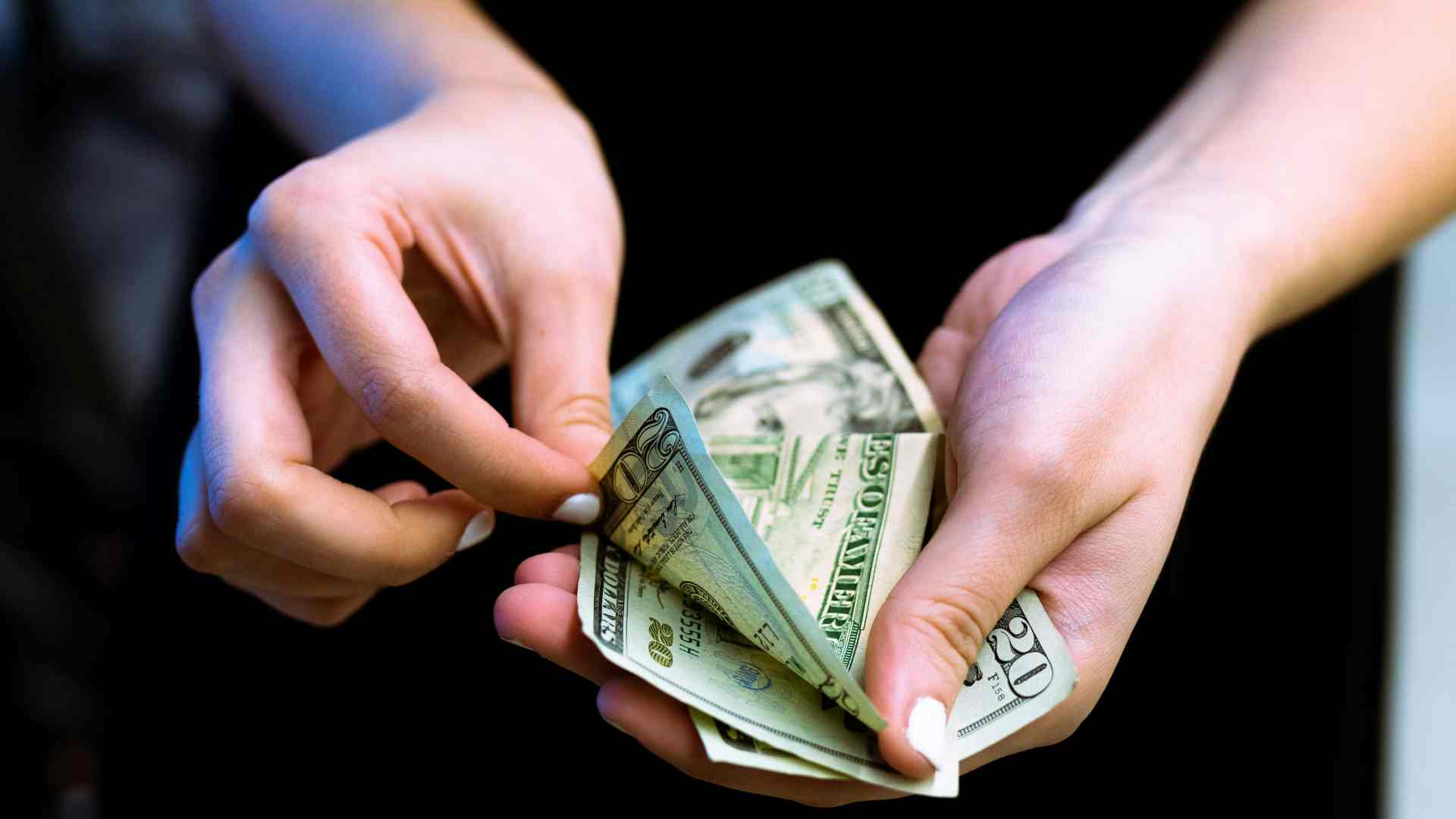
There is a divided opinion on this new congestion toll, with several commuter groups asking for special exceptions.
Proponents of the new toll argue that it will be beneficial for residents because it encourages the use of public transit. Since buses hold more people than a typical personal vehicle does, it would be a great motivator to reduce traffic on busy roadways.
Less Pollution
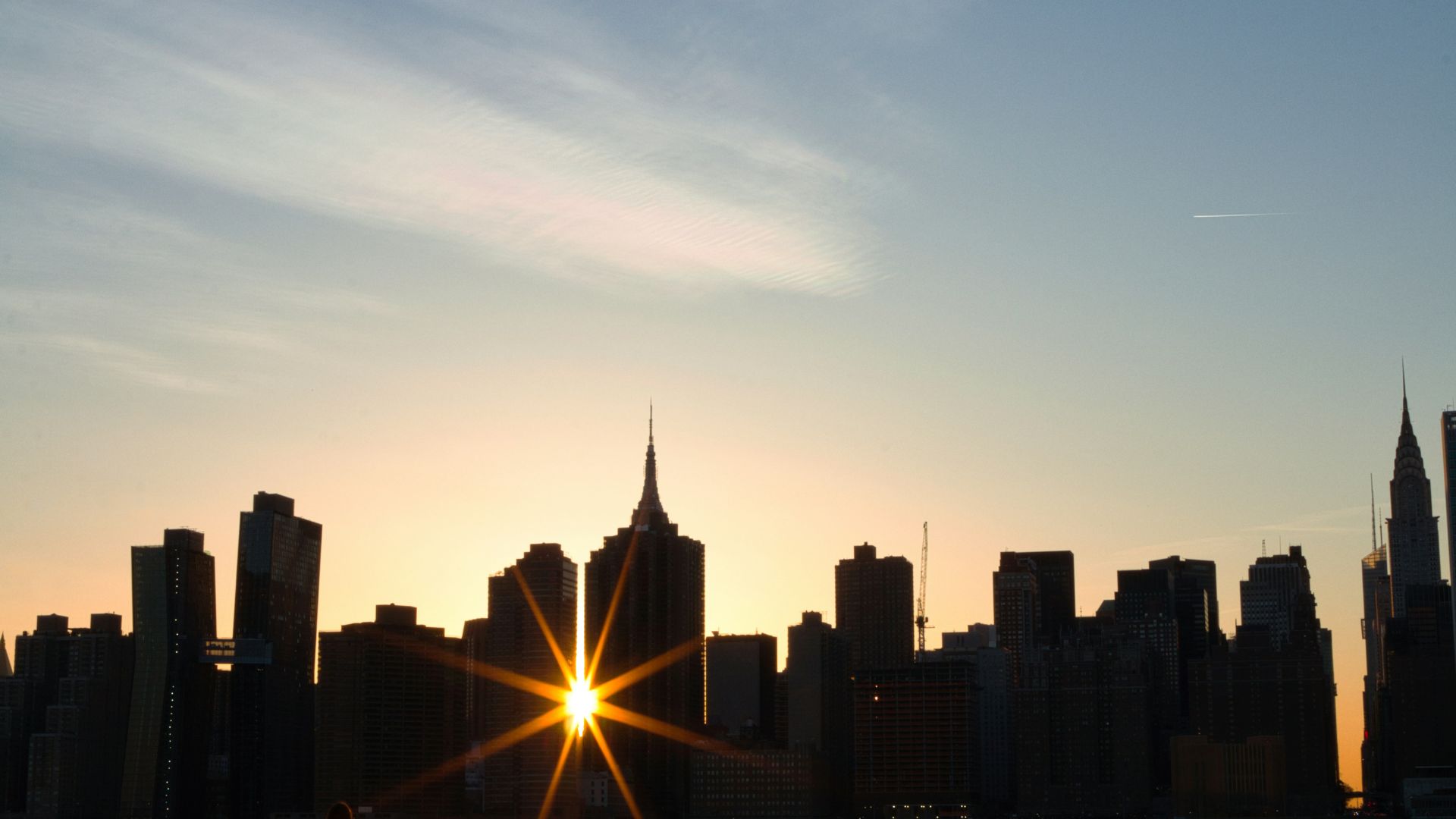
With fewer cars on the road, the amount of greenhouse gas emissions and other pollutants will decrease as well. A regular vehicle normally just transports one or two people at a time, but a public transport bus can carry upwards of 50 people or more at once.
City residents affected by pollution from vehicle traffic are at a higher risk for developing cancer, asthma, lung disease, and cardiovascular disease.
Raising Money
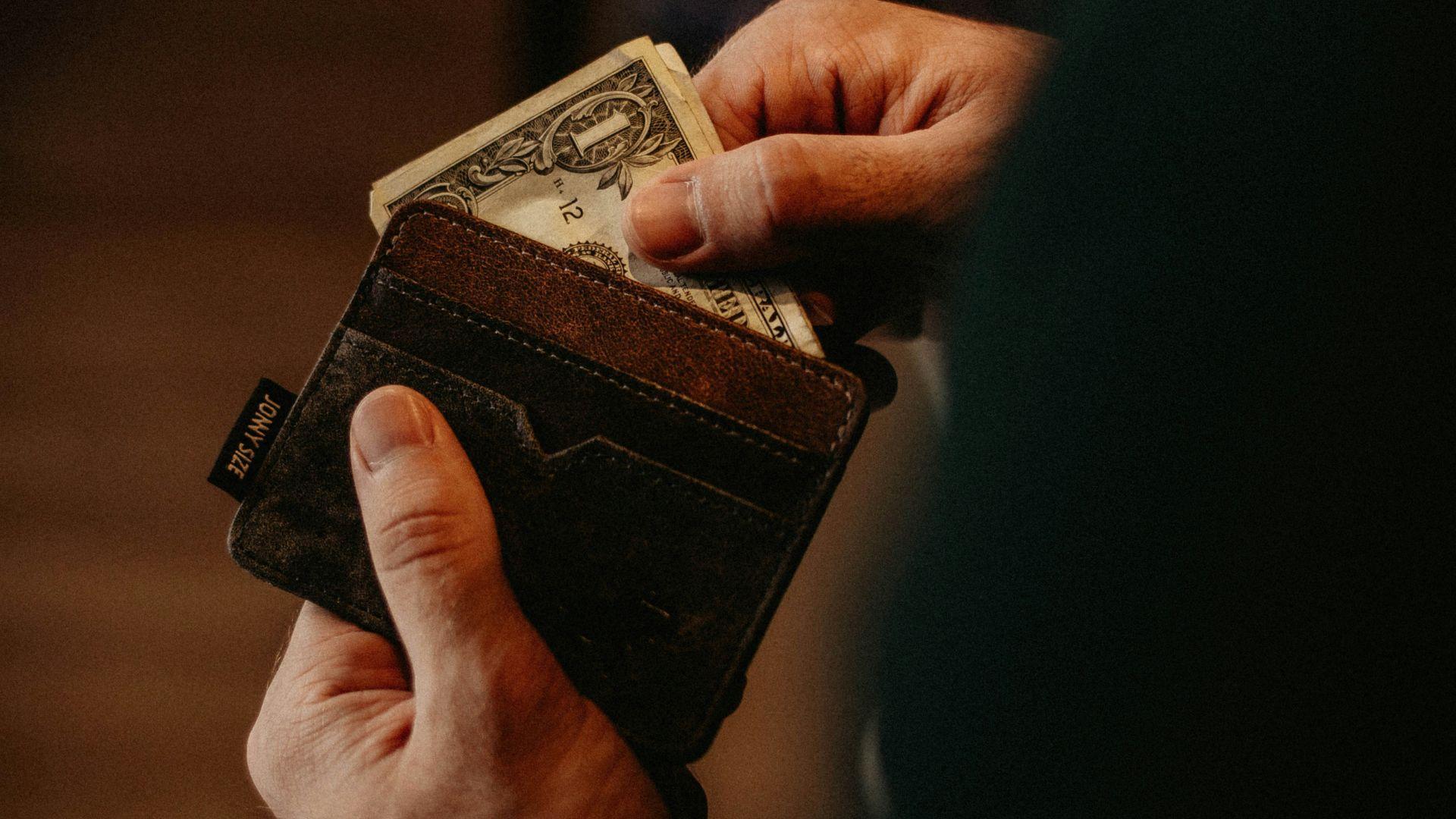
Supporters of the toll also point out that the money it would raise could help fund vital infrastructure projects around the city. For example, the New York subway system is in desperate need of improvement.
The aging subway system has been less reliable over the years, and four of the city’s five subway stations are inaccessible to some people with disabilities.
$1 Billion in Funding
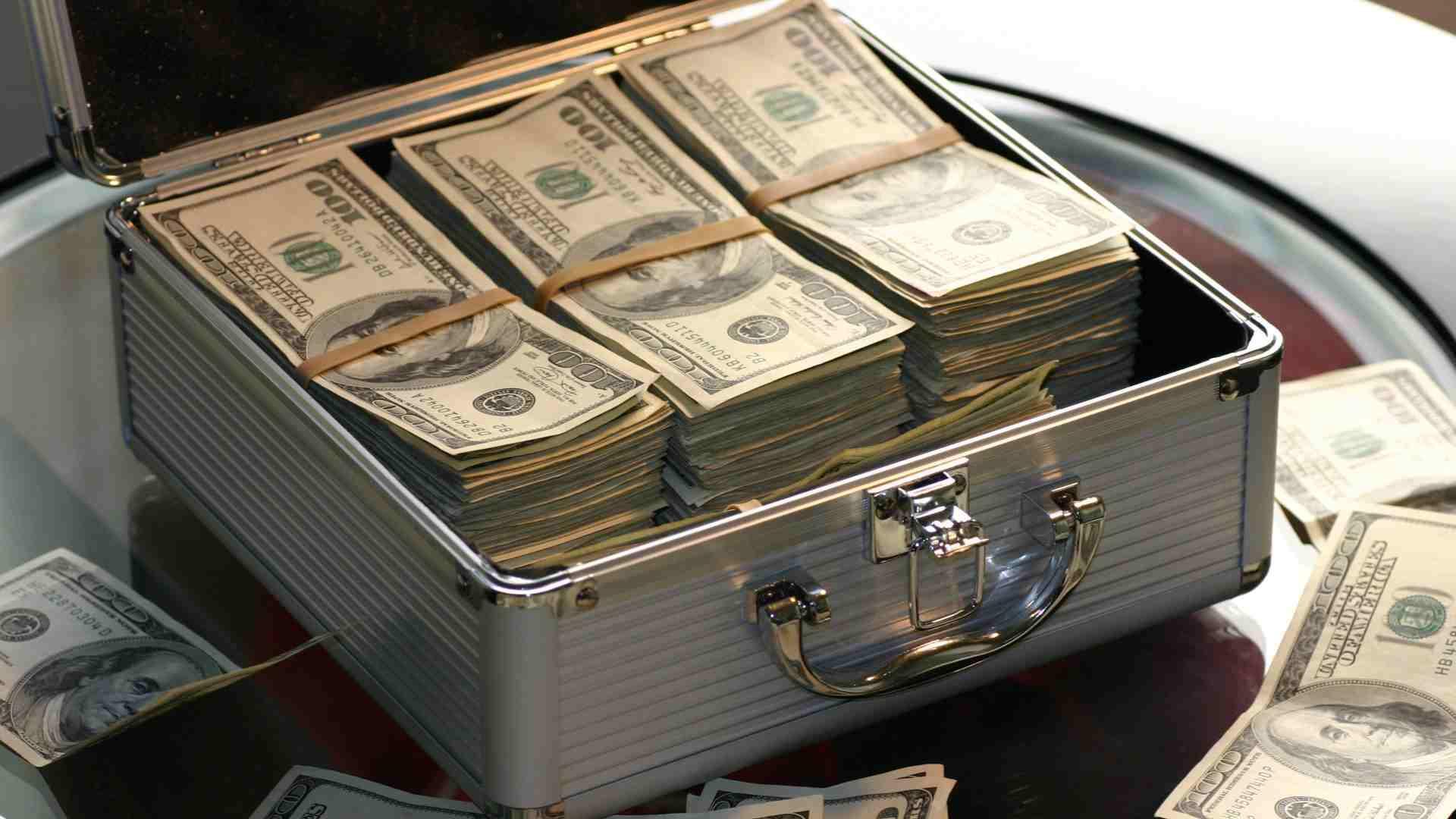
Transit officials estimate that this toll will raise $1 billion per year for the government. The upgrades to the subway system, commuter railroads, and bus systems are set to be funded by a $15 billion bond that this toll will help pay for.
Governor of New York Kathy Hochul supports the program and has made it a priority under her leadership to go after “toll cheaters” in the past.
Emergency Vehicles
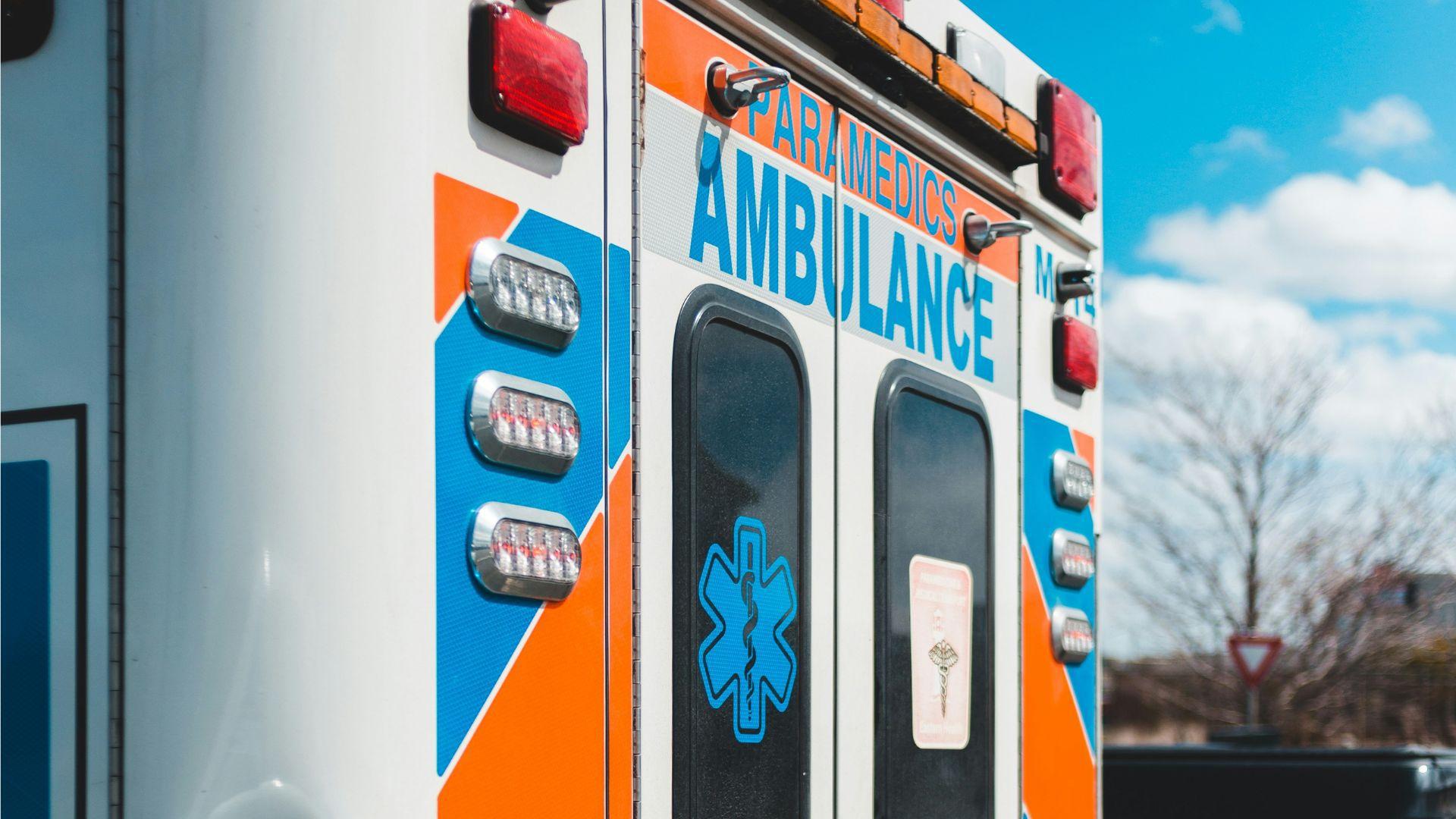
Another benefit to having incentives to reduce road traffic in busy areas is that it clears the way for city services to respond in an emergency.
However, Oren Barzilay, the president of the Manhattan 2507 union representing local paramedics, came out in opposition to the plan last year. Barzilay contended this huge toll would disadvantage over 400 ambulance workers who are not paid enough to afford the fee they would be paying on their daily commute.
Lawsuit Filing
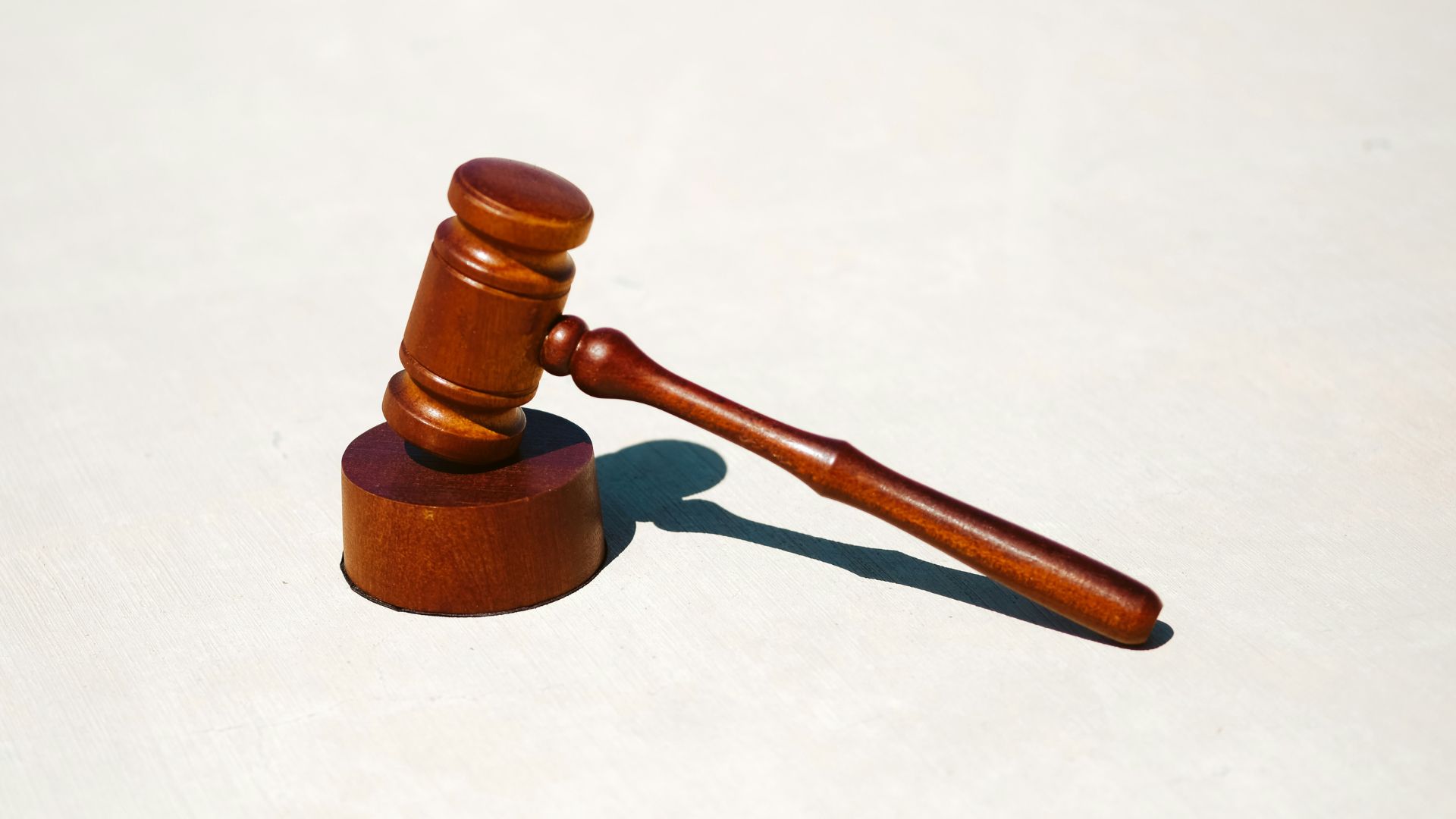
In February, 18 New York politicians joined together in a federal lawsuit that was intent on blocking the new congestion pricing toll the Metropolitan Transportation Authority Board just voted on. The dissenting members were a bipartisan group, with many being Democrats who opposed the toll other Democrats were supporting.
“As we have said time and time again, congestion pricing is a detriment to those that will be affected by this toll, environmentally and financially, and for people of all walks of life from across the five boroughs and beyond,” said Staten Island Borough President Vito Fossella.
Other Lawsuits

Small business owners in the state have filed multiple lawsuits against the plan, and the state of New Jersey has filed its own lawsuit as well. New Jersey is concerned with the economic impacts of the congestion toll.
New Jersey officials asserted last year that this plan will cost their residents millions but the state’s own transit agencies won’t be seeing any of the benefits.
